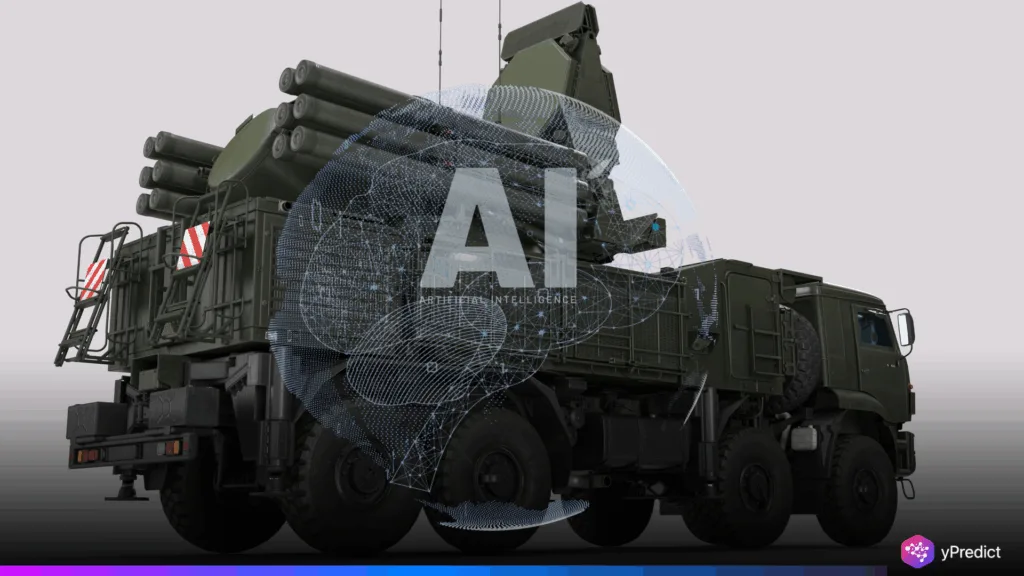
This weaponization of AI takes place when artificial intelligence is applied to systems. Such as drones, automated defense systems, and surveillance systems that may not require any intervention on the part of human beings. They are called Lethal Autonomous Weapon Systems (LAWS) in the military context. Capable of choosing and attacking targets autonomously. They are already becoming active in contemporary wars. When civilian victims, loss of accountability and hacking by non-state actors are a serious concern. AI also finds use in surveillance and opinion management beyond the field of battle. Particularly those entities with huge commercial interests.
International Regulation of Lethal Autonomous Weapon Systems
International attempts to impose control over AI weaponization have been going on since 2014. Yet there is still no binding global agreement as of 2025. In 2023, and again in 2024, the United Nations passed two resolutions. Urging action on Lethal Autonomous Weapon Systems and hoping to achieve rules by 2026. These suggestions uphold the two-tier solution. A prohibition on fully autonomous weapons and control over other models that still have to be controlled by a human person. The UN Secretary-General has invoked the state that legally binds parties to restrict the weapons that are going to be AI with no human control. But due to the opposition of large countries, progress has been delayed.
Nations such as the United States, Russia, China, and India prefer national systems and regulations as opposed to international contracts. On the pretext that centralized laws might limit creativity or jeopardize national security. These countries have prevented the universal definition of LAWS during UN meetings. Arguments are going on about what will count as significant human control. According to civil society groups, the process takes too long, and this is unacceptable considering the fast pace of technological changes. There are also the rolling texts that are supported by some countries in the Convention on Conventional Weapons (CCW). These are of basic guidance but not binding.
Ethical Dilemmas and Real-World Threats of AI in Warfare
The process of weaponizing AI raises significant moral issues that undermine the current paradigms. Such as the Geneva Conventions and Just War Theory. One problem frequently encountered with Lethal Autonomous Weapon Systems can be associated with their failure to comply with the principle of discrimination. They are unable to distinguish between civilians and combatants reliably. Such a shortcoming exposes it to an increased risk of illegal killings and war crimes, especially during urban combat operations, since the number of civilians in these areas is significant. The concerns with AI weapons and their ability to scale to the point of using large swarms of drones to attack point to the possibility that they could become mass weapons available without the threat of nuclear fallout as a deterrence that even nuclear weapons rely upon.
Another issue looms on the vulnerability of AI to a hacking attack, especially by extremist gangs or terrorist states and rogue nations. A compromised LAWS can be used against its developer or innocent people. Historical parallels, such as chemical weapons in the early days before international treaties, demonstrate how technological advancements supersede ethical protection. In the absence of clear rules, the militaries might keep installing gradually more autonomous systems without much accountability.
Coordinated Global Action Is Needed to Prevent Harm
There is an apparent threat to the weaponization of AI in military and civilian sectors. The associated threats are witnessing the enhancement of conflicts on the battlefield, and even the surveillance and regulation of businesses. As the United Nations drives to have a binding agreement by 2026, little is being done because the move is hindered by some of the strong nations. The lack of definite laws puts the human race at the mercy of abuse, inaccuracy, and uncontrolled automation. Will the world community be timely enough to make sure that AI can be used to serve peace and progress, and not destruction?






